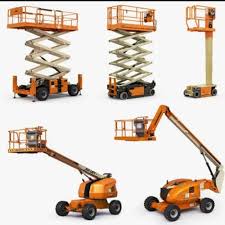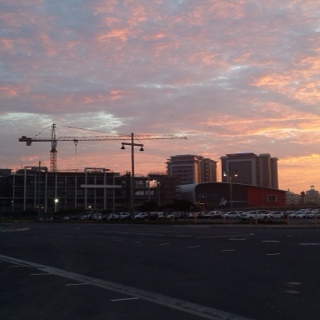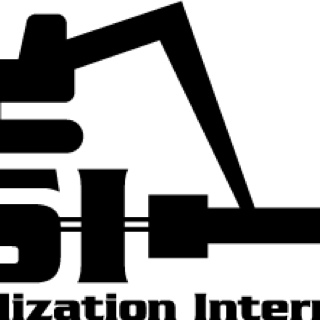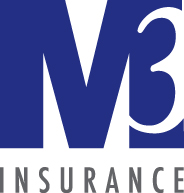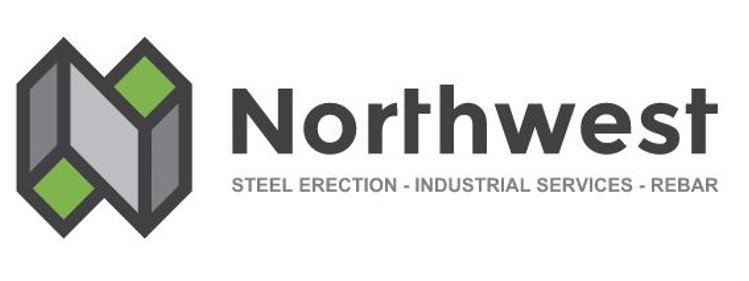Inspection checklist for a manlift / Aerial lift's
-
Location Of Inscpection
-
Conducted on
-
Unit Type
-
Prepared by
-
The manufacturer’s operations manual is stored on the unit
-
Operating and emergency controls are in proper working condition (including<br>emergency stop mechanism)
-
Functional platform drive controls are in proper working condition
-
Emergency lowering mechanism operates properly
-
Lower operating controls successfully override the upper controls
-
Both upper and lower controls are adequately protected from inadvertent operation
-
Control panel is clean and all buttons/switches are clearly visible
-
All switch and mechanical guards are in good condition and properly installed
-
All safety indicator lights work
-
All drive controls function properly and are accurately labeled
-
Motion alarms function properly
-
Safety decals are in place and readable
-
All guard rails are sound and in place, including basket chains
-
Work platform and extension slides are clean, dry, and clear of debris
-
Models with platform extensions: slides in and out freely with functioning safety<br>locking pins
-
Inspect for defects, including cracked welds, fuel leaks, hydraulic leaks, damaged<br>control cables or wire harness, etc.
-
Tires and wheels are in good condition with adequate air pressure if pneumatic
-
Braking devices are operating properly
-
Oil level/Hydraulic Oil Level/Fuel Level/Coolant Level is acceptable
-
Battery Charge is acceptable
-
Outriggers in place or functioning and associated alarms working
-
PPE is available for operator and Guest / Secondary person
-
Guard rail of the lift should be firm and tight without any defect
-
Lift platform should be in good condition and with foot gate.
-
Remote control station over lift should be in working condition.
Safety Precautions to Consider/Have/Be Aware Of. Check to Confirm
-
Personal Protection in use (harness, lanyard, hardhat, etc.)
-
Floor/ground conditions: drop offs, holes, uneven surfaces, and sloped floors
-
Location of electrical power cables or panels (keep minimum 10 ft. away) Contact Facilities Management Department for guidance on larger lines or wet conditions.
-
Look for chemical lines, gas lines, drain lines, and utilities
-
Location of overhead obstructions
-
DO NOT exceed load capacity
-
Watch for vehicular and pedestrian traffic (set up barricades if necessary)
